Riis of Richmond Hill
Jacob Riis triangle, 85th Avenue at 117th Street Danish-born crusading journalist and photographer Jacob Riis (1849-1914) made his home in Richmond Hill, Queens, beginning in 1886. In 1887, Riis photographed the squalid, inhumane conditions prevalent in New York City’s tenements, and his 1890 book “How The Other Half Lives” has become an influential text to the…


Jacob Riis triangle, 85th Avenue at 117th Street
Danish-born crusading journalist and photographer Jacob Riis (1849-1914) made his home in Richmond Hill, Queens, beginning in 1886. In 1887, Riis photographed the squalid, inhumane conditions prevalent in New York City’s tenements, and his 1890 book “How The Other Half Lives” has become an influential text to the present day. His cause was taken up by Police Commissioner Theodore Roosevelt, who encouraged legislation that would help ease the burden of NYC’s poorest. Additionally, as one of the most famous proponents of the newly practicable casual photography, he is considered one of the fathers of photography due to his very early adoption of flash in photography.
In his autobiography Riis wrote of finding Richmond Hill: “It was in the winter when all our children had the scarlet fever that one Sunday, when I was taking a long walk out on Long Island where I could do no one any harm, I came upon Richmond Hill, and thought it was the most beautiful spot I had ever seen, I went home and told my wife that I had found the place where we were going to live.…I picked out the lots I wanted. So before the next winter’s snow, we were snug in the house, with a ridge of wooded hills, between New York and us. The very lights of the city were shut out. So was the slum and I could sleep.” Riis’s house was placed on the National Register for Historic Places, but such a designation does not protect a property. The home was torn down in the mid-1970’s and replaced with a row of attached brick houses. Today two remaining beech trees planted by Riis in the backyard remind us of the tranquil neighborhood that put his mind at ease.

Church of the Resurrection, 118th Street at 85th Avenue
New York City, at one time or another, has had three settlements named Richmond Hill. The one in Manhattan, in what is now the West Village, and the one in Staten Island, in what is now Richmondtown, have pretty much been absorbed into new neighborhoods. Queens’ Richmond Hill has been more enduring. In 1869, developers Albon Platt Man and Edward Richmond laid out a new community just west of Jamaica with a post office and railroad station, and Richmond named the area for himself (or, perhaps, a London suburb, Richmond-On-Thames, a favorite royal stomping ground). It became a self-contained community of Queen Anne architecture west of Van Wyck Boulevard (now Expressway) that remains fairly intact to the present day. Journalist/activist Jacob Riis as well as the Marx Brothers were Richmond Hill residents in the early 20th century.

Albon Man also donated land for the Church of the Resurrection, facing 118th Street just south of 85th Avenue, Richmond Hill’s first church. A small wooden Gothic Revival building was built by architect Henry Dudley in 1874; this structure is preserved within the present French Gothic stone building, which was finished in 1904, though further extensions continued until 1926. Social reformer Jacob Riis was a parishioner, and New York State Governor Theodore Roosevelt attended Riis’ daughter Clara’s wedding to Dr. William Fiske on June 1, 1900.

In 1932, New York City Parks Commissioner Robert Moses deemed it proper to create a Jones Beach for the hoi polloi, a means for the masses to enjoy a suburban style beach without the hip-hooray and ballyhoo, the screaming barkers and roaring roller coasters of Coney Island. He found such a space on the western end of the Rockaway peninsula, on the former locale of the Rockaway Naval Air Station. The park was named for Jacob Riis.
A bust of Riis was originally placed in a prominent position on the Riis Park boardwalk when the park originally opened. It was stolen in 1964 and never recovered. However, in 2011, students of the Aquinas Honor Society at Immaculate Conception School in Jamaica Estates raised $10,000 for a new bust by Brooklyn artist David Ostro.

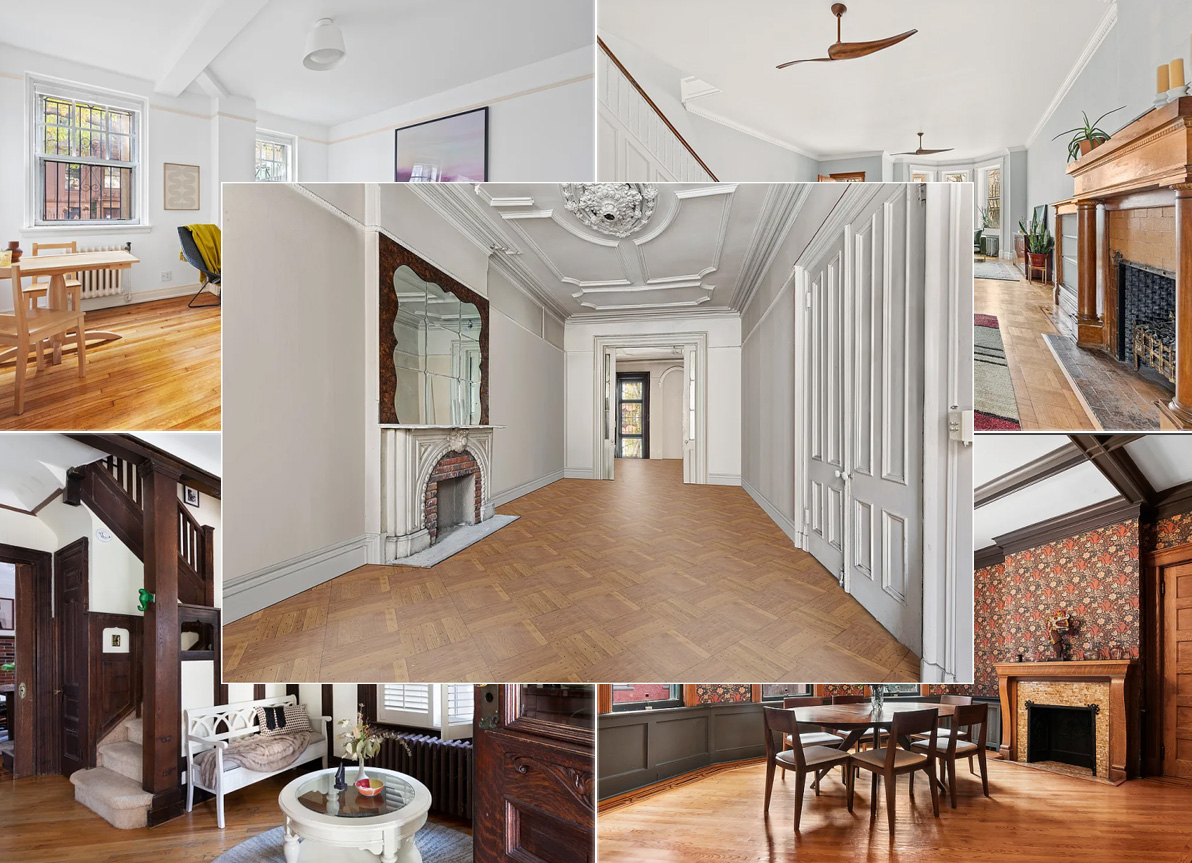
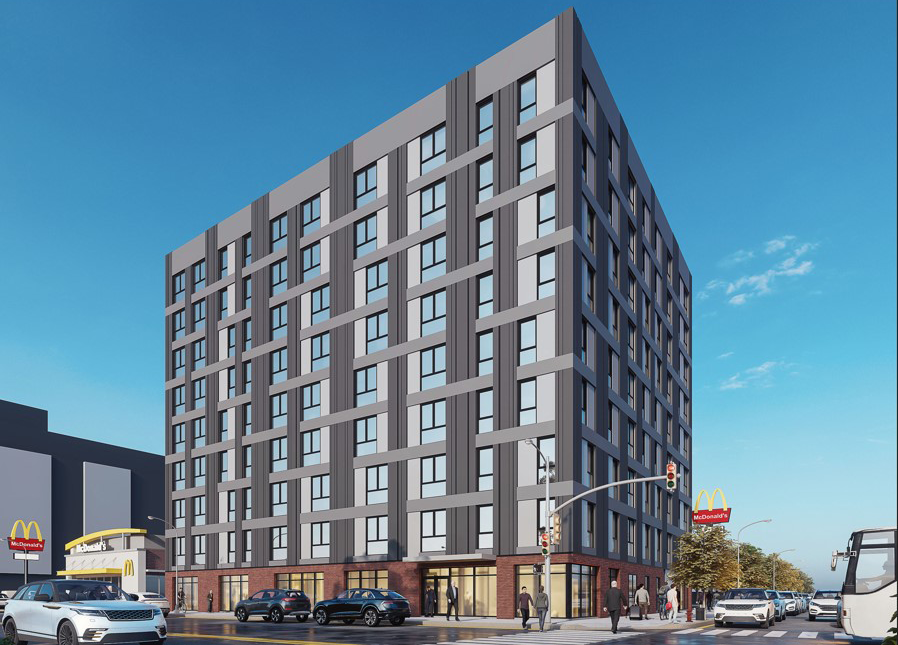
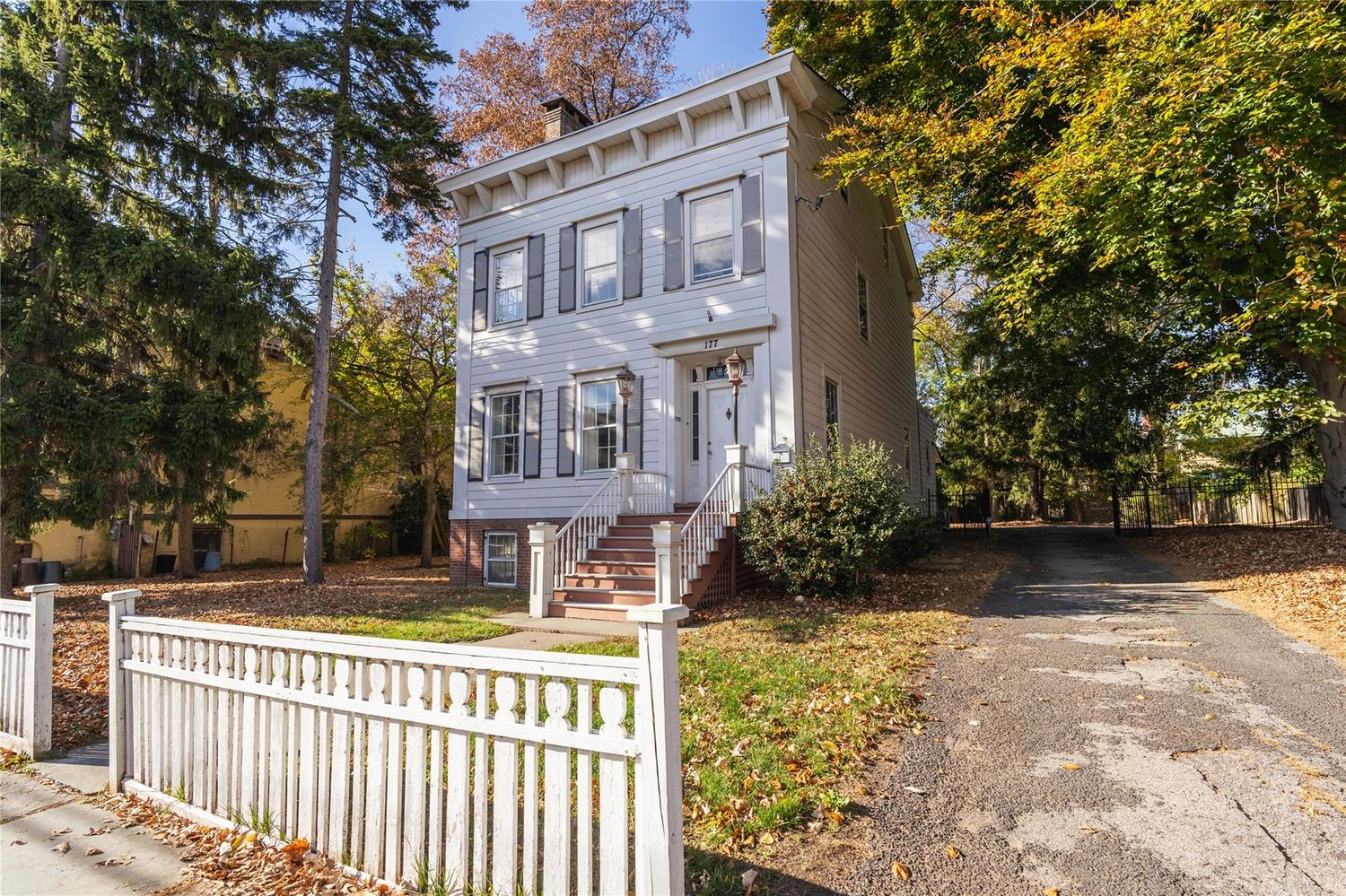

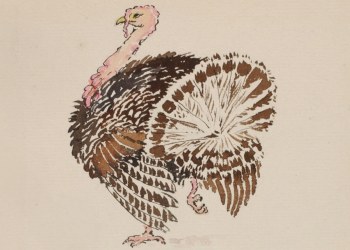
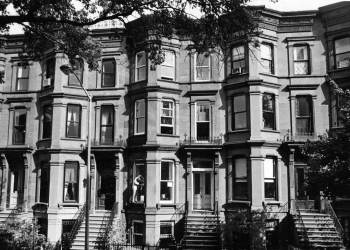


What's Your Take? Leave a Comment